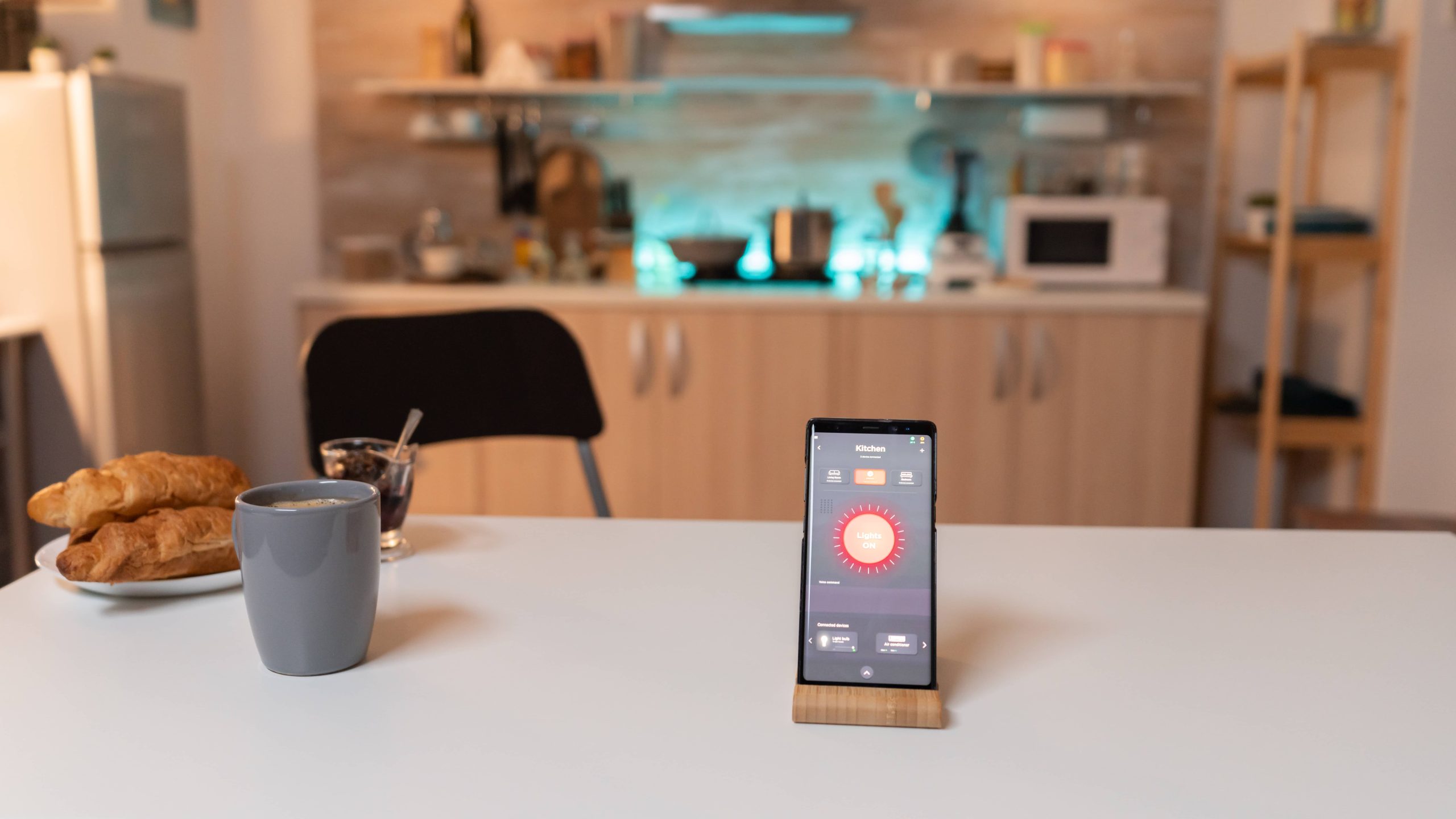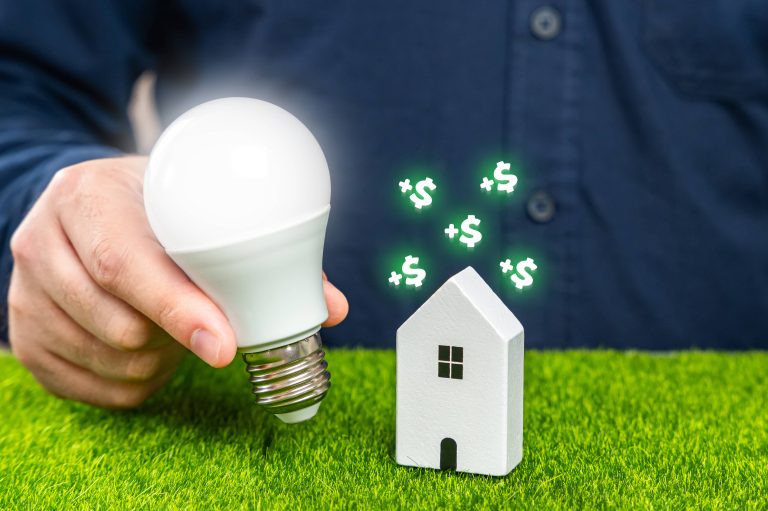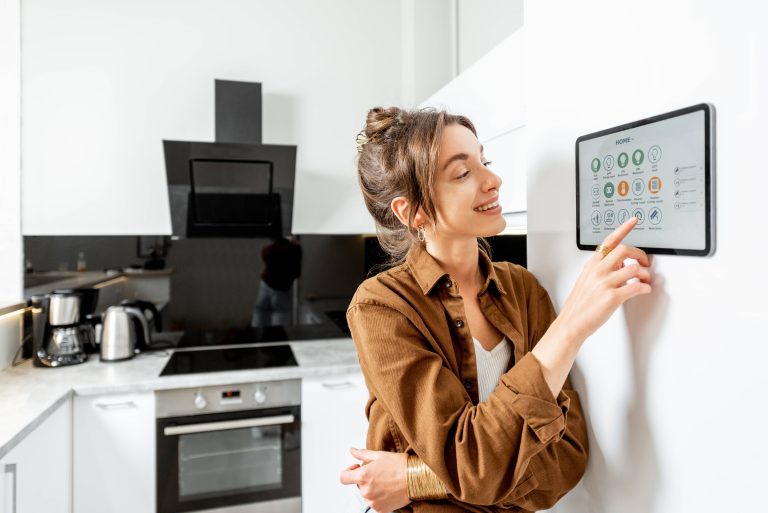
In the world of smart home automation, smart sensors play a critical role in enhancing the convenience, security, and efficiency of our living spaces. While many of us are familiar with basic applications such as motion sensors for lights and smart thermostats, there are countless creative ways to leverage these intelligent devices to elevate your home experience. Here, we’ll explore ten innovative uses for smart sensors that can transform everyday tasks and amplify your home’s intelligence.
1. Optimizing Energy Consumption
Smart sensors can significantly reduce your energy use by automatically adjusting lights, heating, and cooling systems based on occupancy and daylight levels. Install motion sensors in rooms that are rarely used to ensure lights automatically turn off when no one is present. Similarly, using temperature sensors, smart thermostats can detect when a room is vacant and adjust heating and cooling settings to optimize energy consumption.
2. Enhancing Home Security
Security is a top priority for many homeowners, and smart sensors can provide an extra layer of protection. Install door and window sensors to receive instant alerts if someone tries to enter your home uninvited. Pair these sensors with a smart security camera system that activates when the sensors detect movement. This way, you can monitor potential intruders in real-time and take swift action if needed.
3. Monitoring Indoor Air Quality
With growing concerns about air pollution, using smart sensors to monitor indoor air quality is a wise choice. These sensors can detect pollutants such as carbon dioxide, volatile organic compounds (VOCs), and particulate matter. Pair them with a smart air purifier that automatically activates when air quality drops below a certain threshold, ensuring your home’s air remains clean and healthy.
4. Flood Detection and Water Leak Prevention
Water damage can be costly and damaging, but smart sensors can help you catch leaks before they become major problems. Place water sensors in vulnerable areas like basements, under sinks, and near washing machines. These sensors can send alerts to your smartphone if they detect moisture, enabling you to take immediate action. Some systems can also automatically shut off the water supply to prevent further damage.
5. Enhancing Home Entertainment
Smart sensors can elevate your home entertainment experience in several ways. For instance, infrared sensors can detect the presence of people and automatically adjust lighting, sound systems, and even start your favorite movie or TV show. Coordinate this with voice-activated assistants like Alexa or Google Home for a true hands-free experience.
6. Automating Pet Care
Pet owners can also benefit from incorporating smart sensors into their care routines. Motion sensors can be used to monitor pet activity, ensuring your furry friends are safe. For instance, you can set up sensors to detect when your dog approaches the door, triggering the automatic opening of a smart pet door. Additionally, sensors can monitor the level of food and water in bowls, alerting you when they need to be refilled.
7. Improving Sleep Quality
Sleep quality is vital for our well-being, and smart sensors can help optimize your sleep environment. Use temperature and humidity sensors to maintain the perfect sleeping conditions by controlling your HVAC system or smart fan. Sleep-tracking sensors can also monitor your movements and heart rate, offering insights and suggestions on how to improve your nightly rest.
8. Creating Custom Ambiances
One of the most enjoyable aspects of smart home automation is the ability to customize ambiances to suit your mood or activity. Use light sensors combined with smart lighting systems to automatically adjust the brightness and color of your lights. For example, set a warm, dim lighting for a relaxing evening and bright, cool tones for an energizing morning. Pair these adjustments with smart speakers to automatically play your favorite music for a complete sensory experience.
9. Advanced Gardening Solutions
For those with a green thumb, smart sensors can revolutionize the way you tend to your indoor and outdoor plants. Soil moisture sensors can provide critical data on soil conditions, prompting automatic watering systems to activate only when necessary, preventing both overwatering and underwatering. Ambient light sensors can also ensure your plants receive the optimal amount of sunlight, positioning grow lights or shades accordingly.
10. Streamlined Home Maintenance
Smart sensors can even help with home maintenance tasks, such as monitoring the health of your appliances and infrastructure. Vibration sensors on your washing machine can detect an unbalanced load and alert you before it causes damage. HVAC system sensors can monitor performance and provide reminders when it’s time for a filter change or professional maintenance. By keeping an eye on the health of your home’s critical systems, you can prolong their lifespan and prevent costly repairs.
In conclusion, smart sensors offer endless possibilities for enhancing your home’s functionality, security, and comfort. These ten creative applications are just the tip of the iceberg. As technology continues to evolve, we can expect even more innovative uses for smart sensors in home automation. So, go ahead and explore how these intelligent devices can make your life easier, safer, and more enjoyable. The future of smart home living is bright, and it’s only getting smarter!







